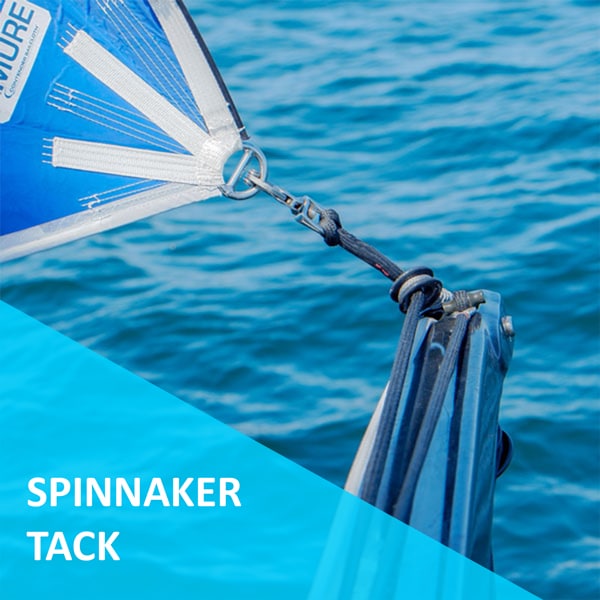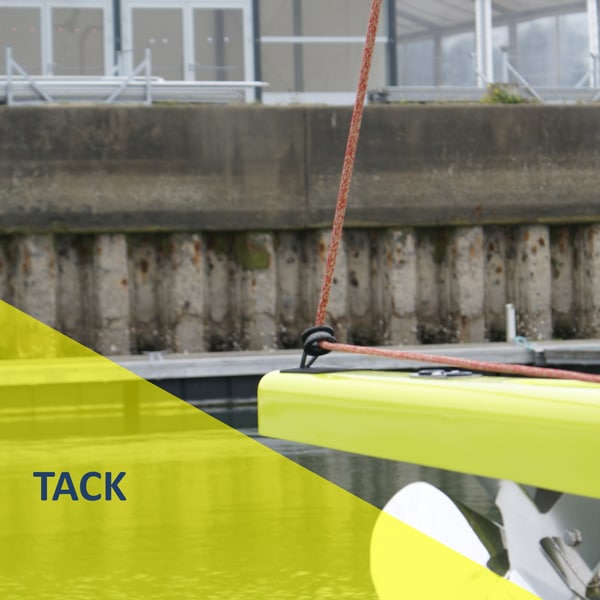Showing all 6 results
-

-

Ready-to-use spinnaker pole downhaul | Coastal cruising
From: Original price was: 45,77 €.41,57 €Current price is: 41,57 €. TTC -

Ready-to-use spinnaker tack | Offshore Racing
From: Original price was: 159,44 €.147,62 €Current price is: 147,62 €. TTC -

Ready-to-use Premium Tack / Spinnaker pole downhaul | Regatta
From: Original price was: 124,22 €.112,40 €Current price is: 112,40 €. TTC -

Ready-to-use Tack / Spinnaker pole downhaul Standard | Regatta
From: Original price was: 16,66 €.14,66 €Current price is: 14,66 €. TTC -

Ready-to-use spinnaker tack | Offshore Cruising
From: Original price was: 130,75 €.123,75 €Current price is: 123,75 €. TTC
The choice of rope for tacks/downhauls ready to sail of your sailboat is crucial for the performance of your vessel. These ropes are responsible for keeping the sail close to the deck and controlling its tension during navigation. To choose the right rope for your tacks and downhauls ready to sail, it is important to consider several factors.
Material is one of the first elements to consider. Dyneema ropes are ideal for tacks and downhauls due to their high resistance to abrasion and rupture, as well as low stretch. Technora and polyester ropes are also popular options due to their resistance to stretch and wear.
Rope construction is also important. Braided ropes offer better resistance to abrasion and rupture than twisted ropes, but they can be more expensive. Ropes with a polyester sheath and a Dyneema core are also a popular option for their combination of strength and flexibility.
Breaking strength is another crucial factor to consider when purchasing rope for tacks/downhauls ready to sail. Breaking strength is the amount of weight that a rope can support before breaking. It is important to ensure that the chosen rope can support the load it is intended to bear, as undersized rope could cause damage to the sail or boat.
Diameter and length of the rope should also be taken into account. The diameter should be chosen based on the required working load and tensile strength, while the length should be tailored to the intended use and the height of your mast.
In conclusion, choosing the right rope for tacks/downhauls ready to sail is crucial for the performance and safety of your boat. By considering the material, construction, breaking strength, diameter, and length of the rope, you can find the best option for your use.





